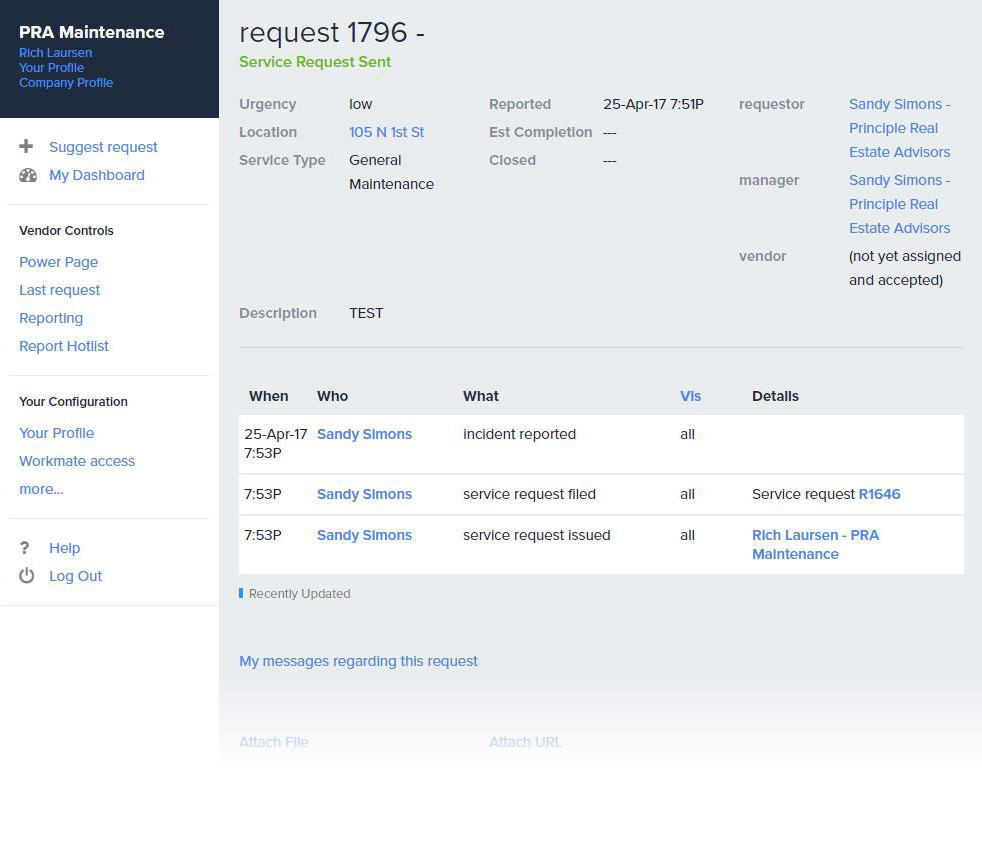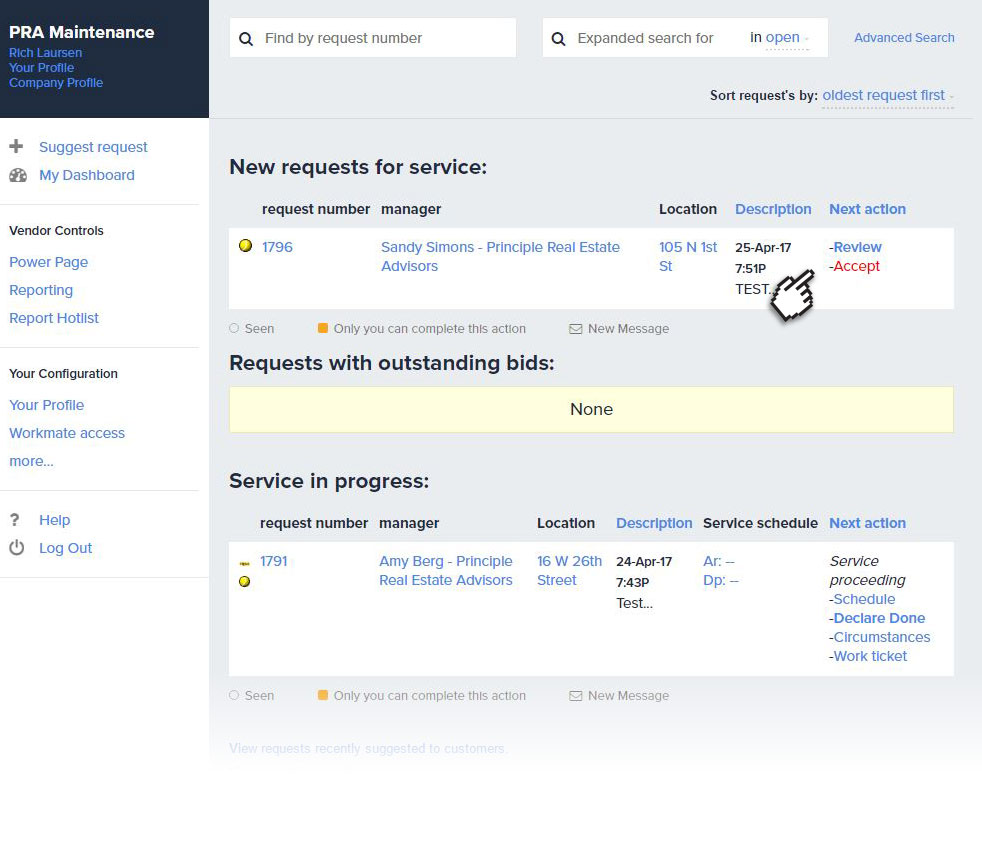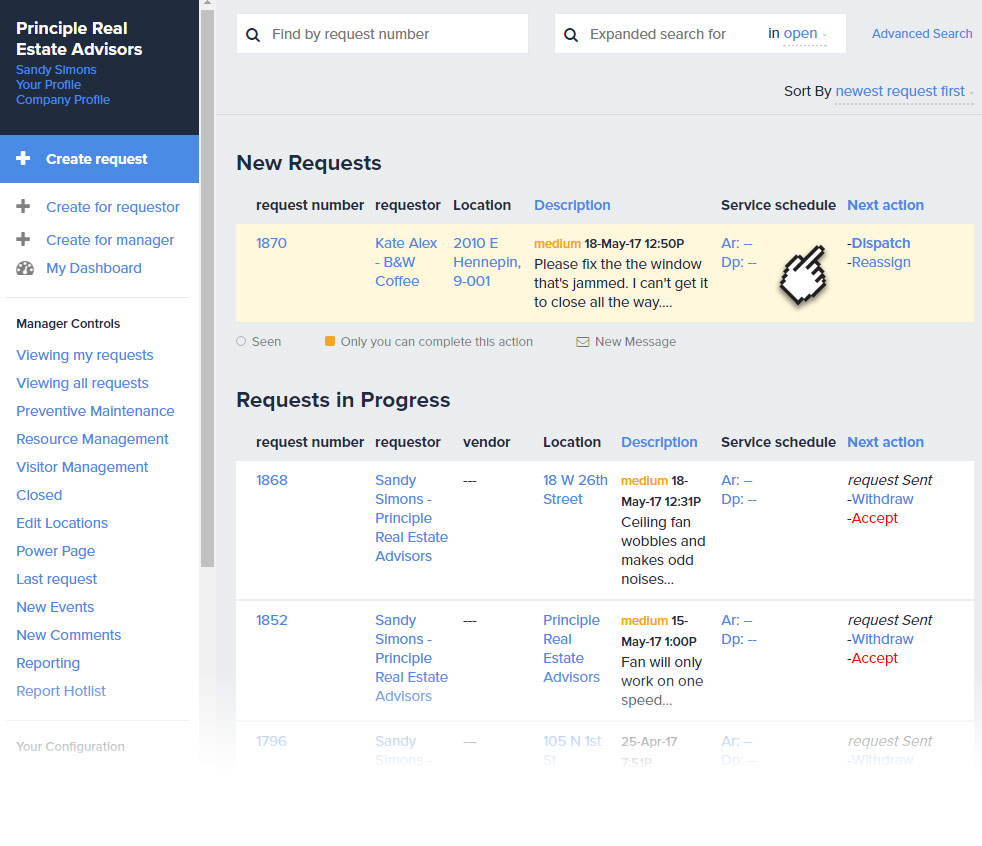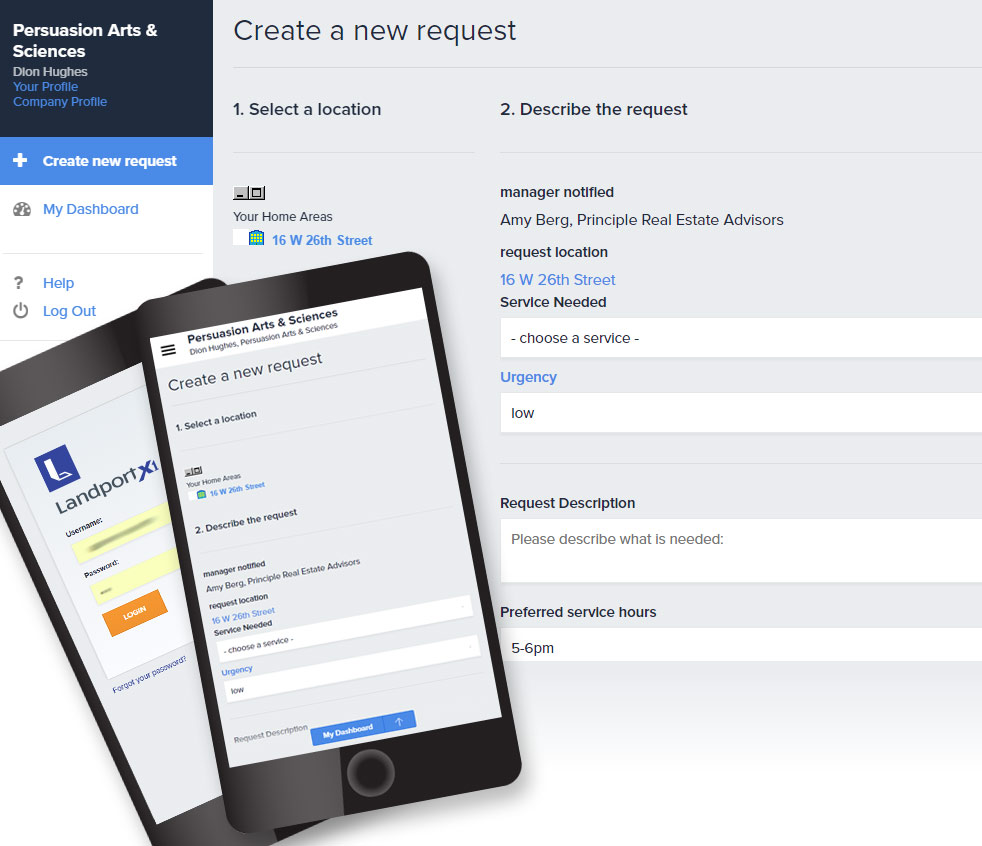7 Ways to Advance Your Health Facilities Management
U.S. healthcare costs skyrocketed to $3.65 trillion in 2018, 59% of which went to hospitals, doctors, and clinical services. And, Hospital facilities continue to face increased pressure to contain costs today. What is behind this margin squeeze?
- declining reimbursement rates
- reduced admissions
- rising labor costs
Often, managers hear the language of business and industry, not patient care, and pushes to cut process inefficiencies and labor costs are normal. Adapting business cost-control practices to patient care management can seem counter-intuitive, however a disciplined approach to managing processes for building maintenance is logical. And, some gains in efficiency can have big effects on the bottom line.

Read on for seven ways to advance your health facilities management program.
Facilities Management Basics
Healthcare facilities management covers a gamut of functions. For example:
- building maintenance
- building systems maintenance
- worker and vendor safety
- equipment inventory
- stock control
All of these are the purview of a facilities management professional. Health facilities managers are healthcare managers, too, so as such, they look towards code compliance. Local, state, and federal regulations govern healthcare. Managers answer to an alphabet soup of entities, EPA, OSHA, HIPAA, CDC and more.
Most facilities managers also have certifications to maintain from places such as the American Hospital Association, building management associations, and engineering organizations.
Optimize Health Facilities Management of Maintenance Tasks
Health facilities managers have bottom-line budget responsibilities. They set the spending priorities for maintenance and negotiate service agreements. They coordinate and calendar all the work to keep a facility going. Facility managers often manage dozens of staff members and vendors, although they sometimes roll up their sleeves to sweep a sidewalk or open a stuck window.
The team ensures the quality of services and processes to support patient care. As bottom-line pressure on hospitals increases, everyone looks for ways to cut costs. Reduction of inefficiencies or other work optimizations can bring big savings.
1. Open Up Communication
Seamless sharing of maintenance information makes processes more efficient. One easy message system separate from the medical records system is ideal. It should be easy and efficient for staff members to report equipment or facilities issues. The communication should be short and direct to maintenance management. Work requests and work orders need not go all the way up the chain and back down.
Consider how many people need to relay requests and feedback to a member of the facilities team. Streamlining improves efficiency and saves time.
2. Failure Resolution Fast
Whenever a staff member recognizes a maintenance problem, they should report it. For a swift resolution, a unit manager can initiate a work request and schedule a repair, and a centralized platform can speed up this process. It keeps track of the maintenance status of system failures. It can also keep track of regular failure points for action.
3. Streamline Housekeeping
High standards in hospital housekeeping are crucial. Cleanliness, safety and infection control are top priorities of patient care. Look at organization, standardization, provision of consumables, and functionality. Where possible, simplify procedures, automate tasks, and provision lists.
4. Exercise Stock Control
Standardized housekeeping and maintenance stock means economies of scale for purchases. This extends far from types of hand sanitizer or surgical scrubs. Look for ways to limit the variety of filters, replacement acoustic tiles, etc.
- Control stock to handle costs and better allocate the budget.
- Consolidate where possible.
- Purchase in bulk and limit “one-off” uses.
- Limit on-hand inventory to a reasonable supply.
5. Track Equipment
Efficient maintenance depends on manager awareness. Use software to keep track of the quantity, condition, and location of assets. Use of electronic tagging reduces the need for cumbersome lists and inventory checks.
With the help of software you can keep important information on equipment records like the description, installation date, serial number or the expected run time. And, you will have access to data to help you calculate run costs and cost/benefit ratios on things like replacement equipment that is often repaired or worn out.
6. Improve Scheduling and Calendars
Health facilities managers can find it difficult to implement preventive maintenance strategies. Emergency repairs or routine equipment monitoring often prevents scheduling. Equipment malfunctions and damage from overuse can happen, especially without a simple rotation and scheduling system in place.
Use scheduling tools to assign daily or periodic tasks for your staff and vendors. Take an organized and proactive approach to maintenance to prolong facility and equipment life.
7. Use Health Facilities Management Software
It is impossible to control labor costs or the maintenance budget without accurate and timely information. Facilities maintenance depends on many people and systems. The first step in improving efficiency is to automate manual processes.
With facilities management software, it is possible to save time. Gather all your information in one place. Track routine maintenance activities as well as report all failures and resolutions on the go.
Choose the Right Tool
There are hundreds of facility management programs available however many offer unnecessary levels of complexity. Look for software that works with existing facility technology. Almost every staff member in a medical facility carries a mobile phone or tablet, for example. Choose software with an intuitive interface.
Software with a lengthy setup process or steep learning curve takes time to show savings. Budget cycles may not allow for a long payback turnaround. You want to find a software that feels intuitive to all team members who will be involved in using it, and comes with great support to help you customize its best use to meet team expectations and goals.
- instant notifications
- online service requests
- work order management
- routine scheduled events
- preventive maintenance
- asset management
- emergency maintenance management
- vendor management
- management analysis reports
The ideal time-saving software allows for 24-hour service, 7 days a week, without downtime. Even better, it fits into your budget without expensive upfront purchases.
Let Landport X1 Transform Your Facilities Operations Process
Health facilities management professionals know about cost-cutting pressures. Increasing operational efficiency and decreasing expenses are an ongoing push. How do you gain an upper hand?
Use Landport X1 to cut your maintenance costs. Slash inefficient processes, increase communication and prevent system failures.








